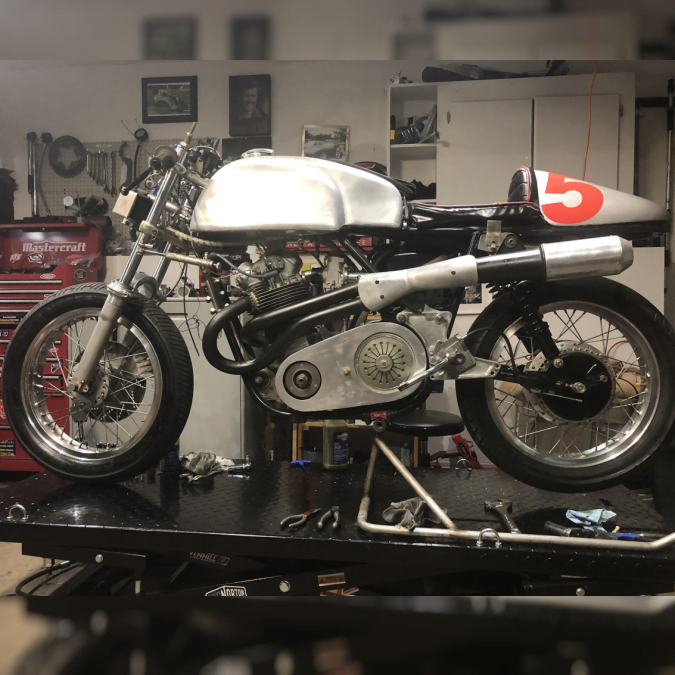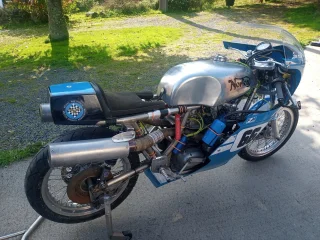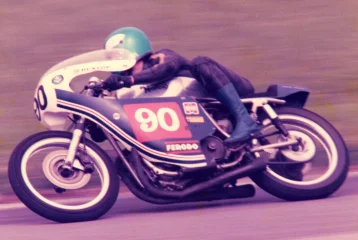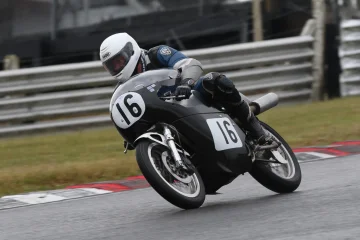I ran that set up in testing. But it didn't survive, so I used the same box with the short advance curve and a cam pick up. Actually I think it ran well, I had no reason to change things other than general annoyance at Boyer pick up connections and a suspicion that the advance curve might not be ideal. Only after changing did I feel that, in fact, the advance curve wasn't an issue at all. I was setting it on the strobe to fully advanced at 5000 anyway, and starting on rollers.
Then I changed it all for a standard Pazon. The Pazon starts marginally better, probably due to the more retarded low rpm spark. Other than that, I prefer the pick up connection design.
It doesn't use a lot of current and I could easily fit a much smaller battery, but the big Motobatt one I use is strategically placed to put a bit more weight over the front. This battery will easily run a full weekend.
I like and could recommend the Pazon as both cheap and effective. Playing around with more expensive options would never have any returns for me.
Emotionally, I would like a crank mounted pick up, but I think the real benefits are marginal.





